Overview of Human Organ Systems for Biology Assessment
1/24
There's no tags or description
Looks like no tags are added yet.
Name | Mastery | Learn | Test | Matching | Spaced |
|---|
No study sessions yet.
25 Terms
Organ system
A group of organs that work together to carry out a specific function in an organism.
Homeostasis
The maintenance of a stable internal environment in the human body.
Integumentary system
Includes skin (and related organs, such as glands), nails, and hair.
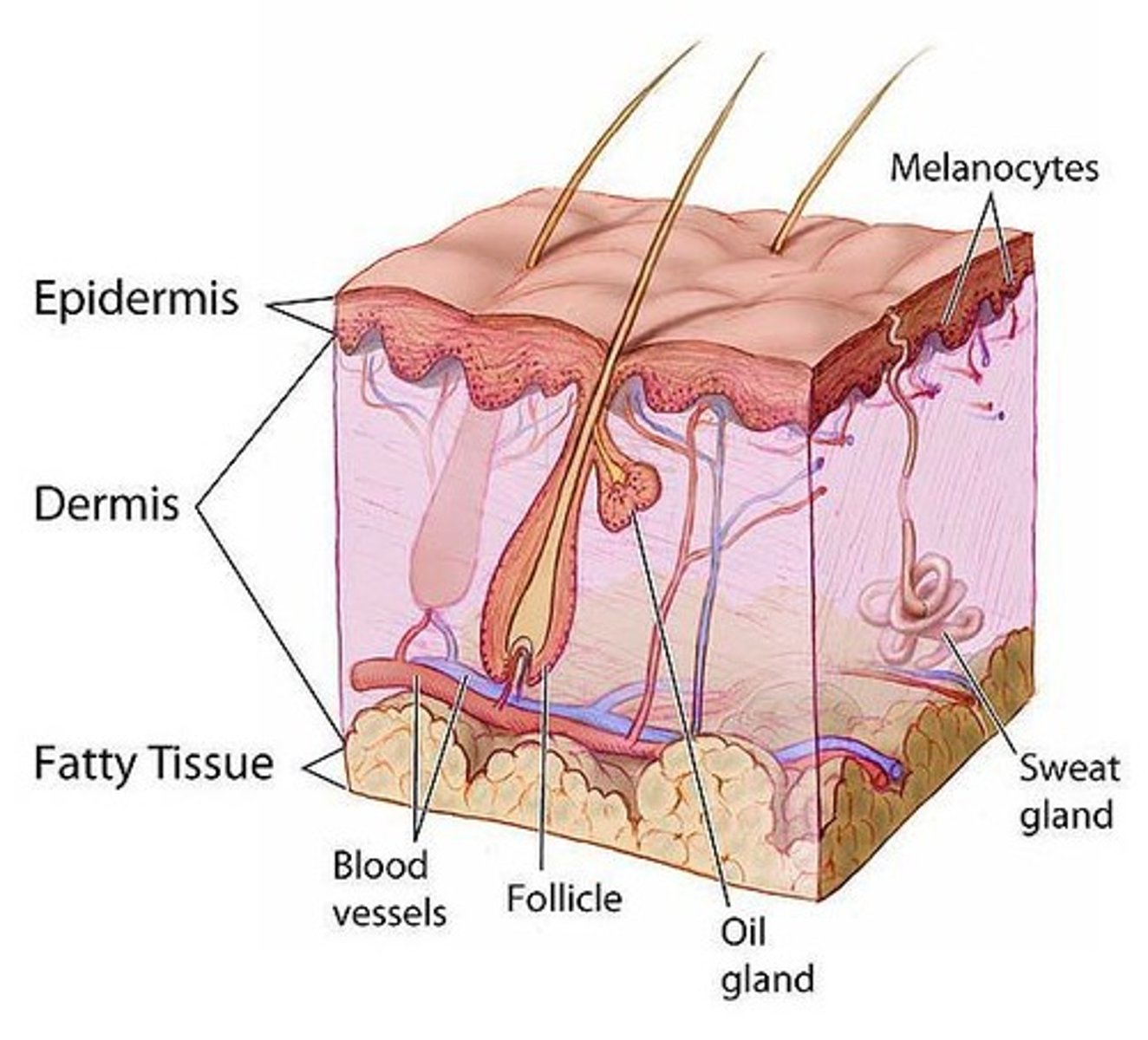
Functions of the integumentary system
Protection from environment, retention of water, sensation, regulation of body temperature, synthesis of Vitamin D.
Skeletal system
Includes bones, cartilages, tendons, and ligaments.
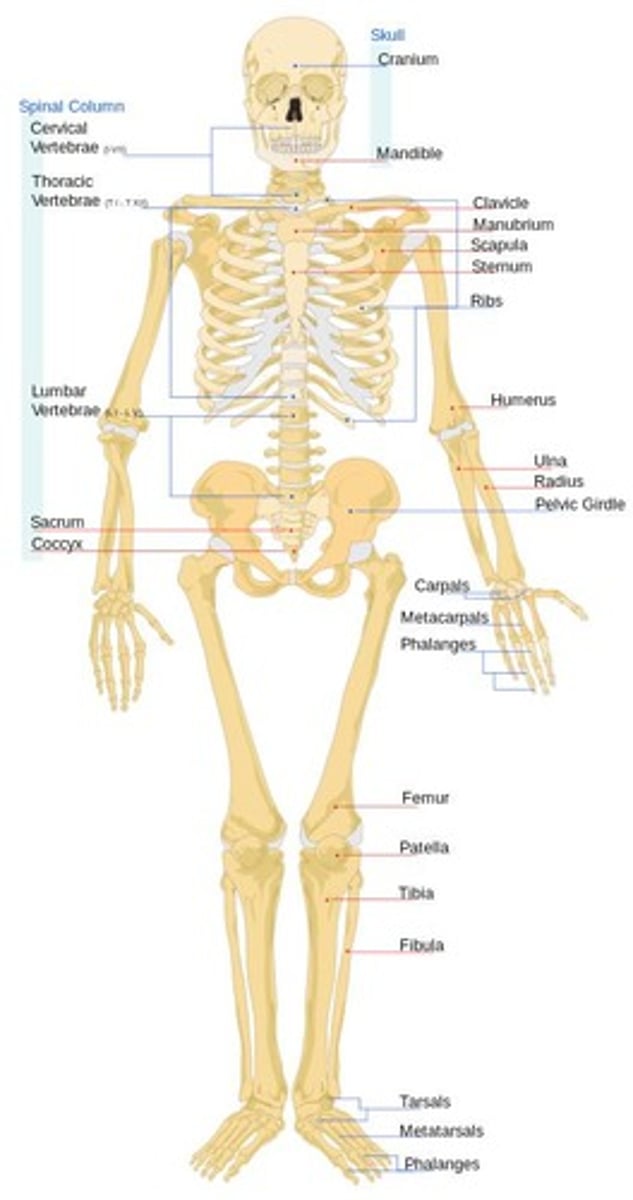
Functions of the skeletal system
Supports the body and helps with its movement, protects organs, stores minerals, such as calcium, and produces blood cells in bone marrow.
Muscular system
Includes skeletal, cardiac, and smooth muscles.
Functions of the muscular system
Maintains body posture, moves body and certain internal organs, and produces body heat.
Circulatory system
Includes the heart, blood vessels, and blood.
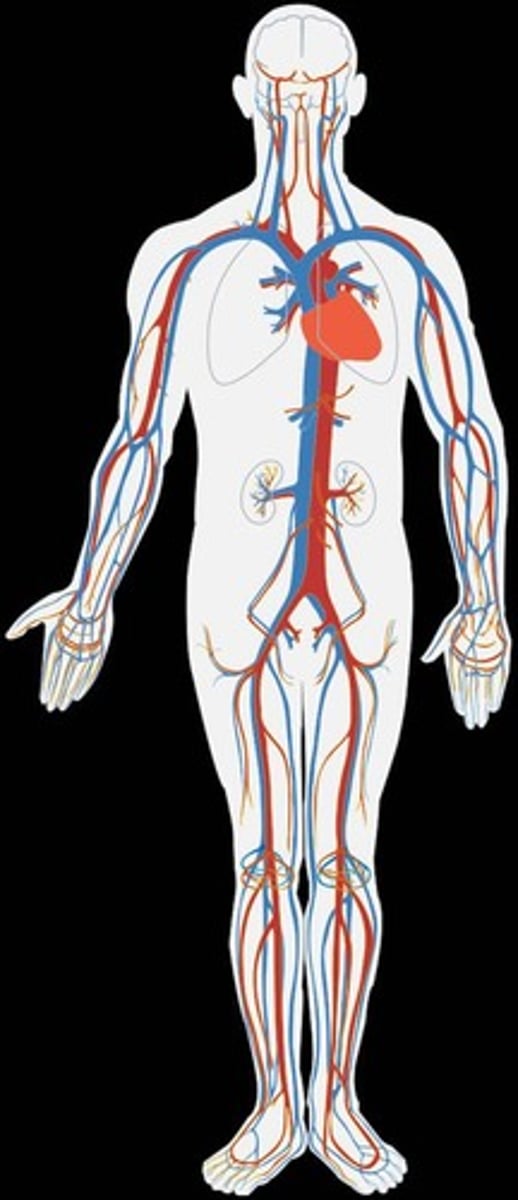
Functions of the circulatory system
Transports nutrients, gases, and wastes; regulates body temperature; regulates fluid levels and pH.
Lymphatic and immune systems
Consists of lymph and structures related to its circulation, including lymphatic vessels and lymphatic organs, such as the thymus and lymph nodes.
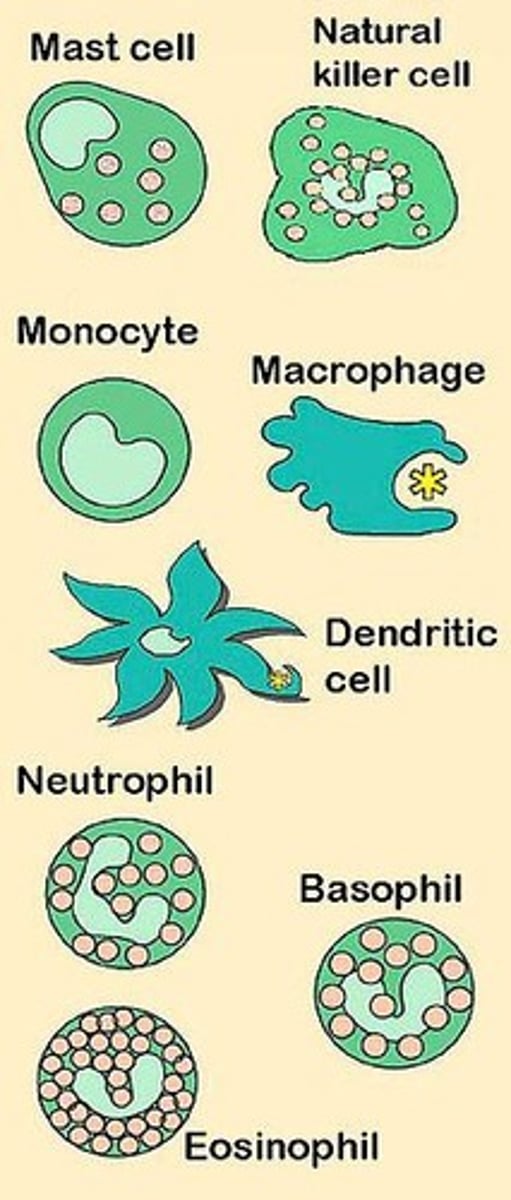
Functions of the lymphatic and immune systems
Regulates fluid levels, defends the body from infection by removing pathogens, filters lymph, and helps to absorb lipids.
Respiratory system
Includes the lungs and structures that transport air to and from them.
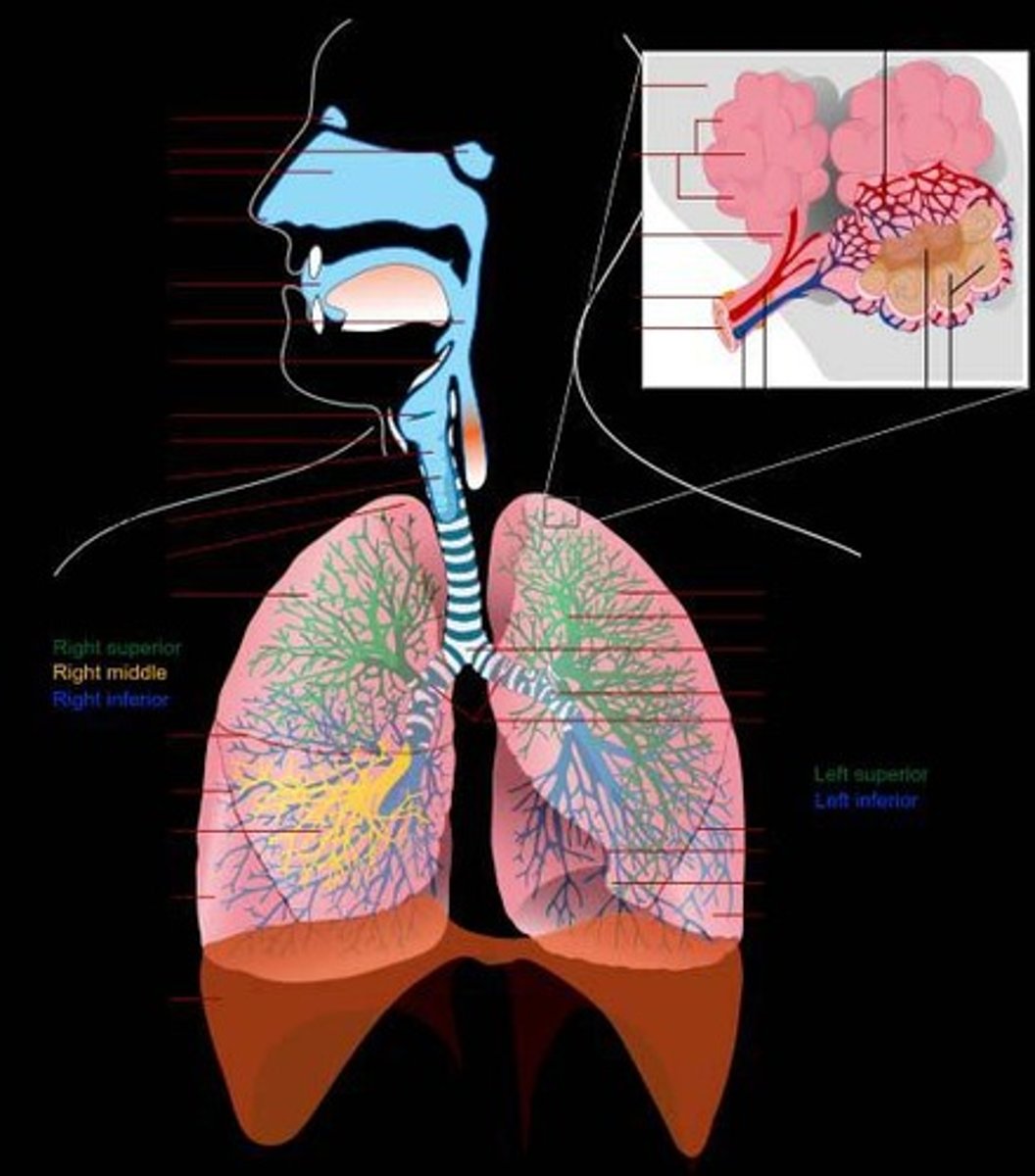
Functions of the respiratory system
Regulates breathing, allows for gas exchange between blood and air, regulates pH, helps with vocalization, and helps with sense of smell.
Digestive system
Includes the mouth, esophagus, stomach, intestines, and other associated organs.
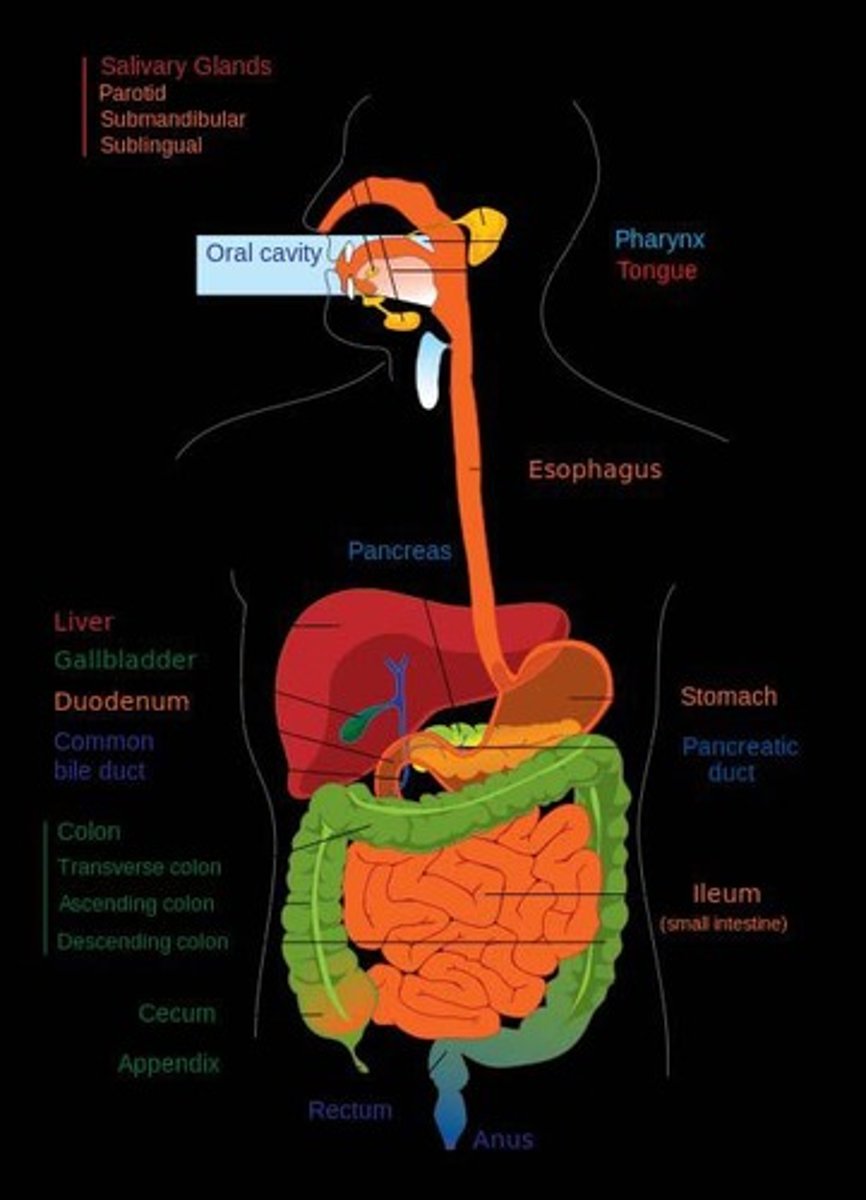
Functions of the digestive system
Ingests and digests food, absorbs nutrients, and eliminates wastes.
Urinary system
Includes the kidneys, bladder, and structures that transport urine, such as the ureters and urethra.
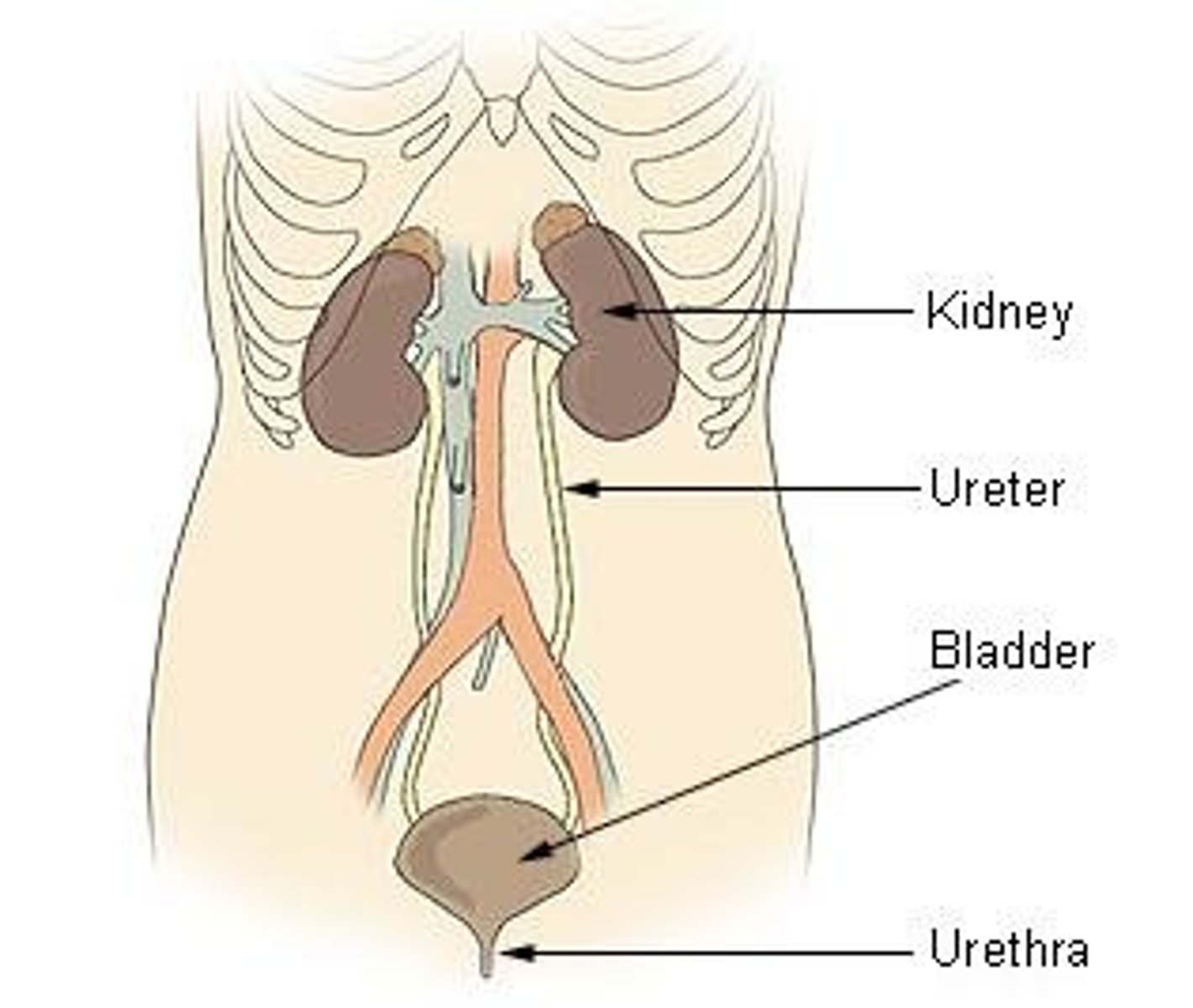
Functions of the urinary system
Eliminates wastes and regulates fluid and pH.
Nervous system
Includes the brain, spinal cord, and nerves.
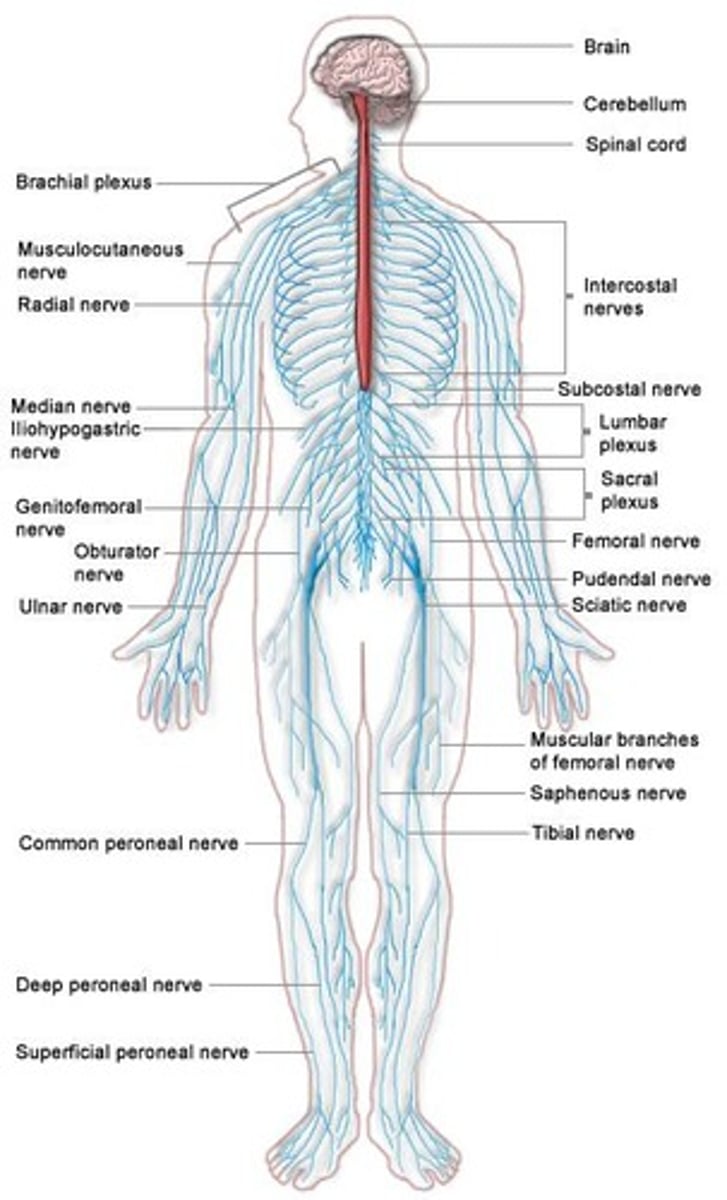
Functions of the nervous system
Receives, interprets, and stores information; controls muscles; coordinates activity of other organ systems.
Endocrine system
Includes the glands that produce chemical signals called hormones.
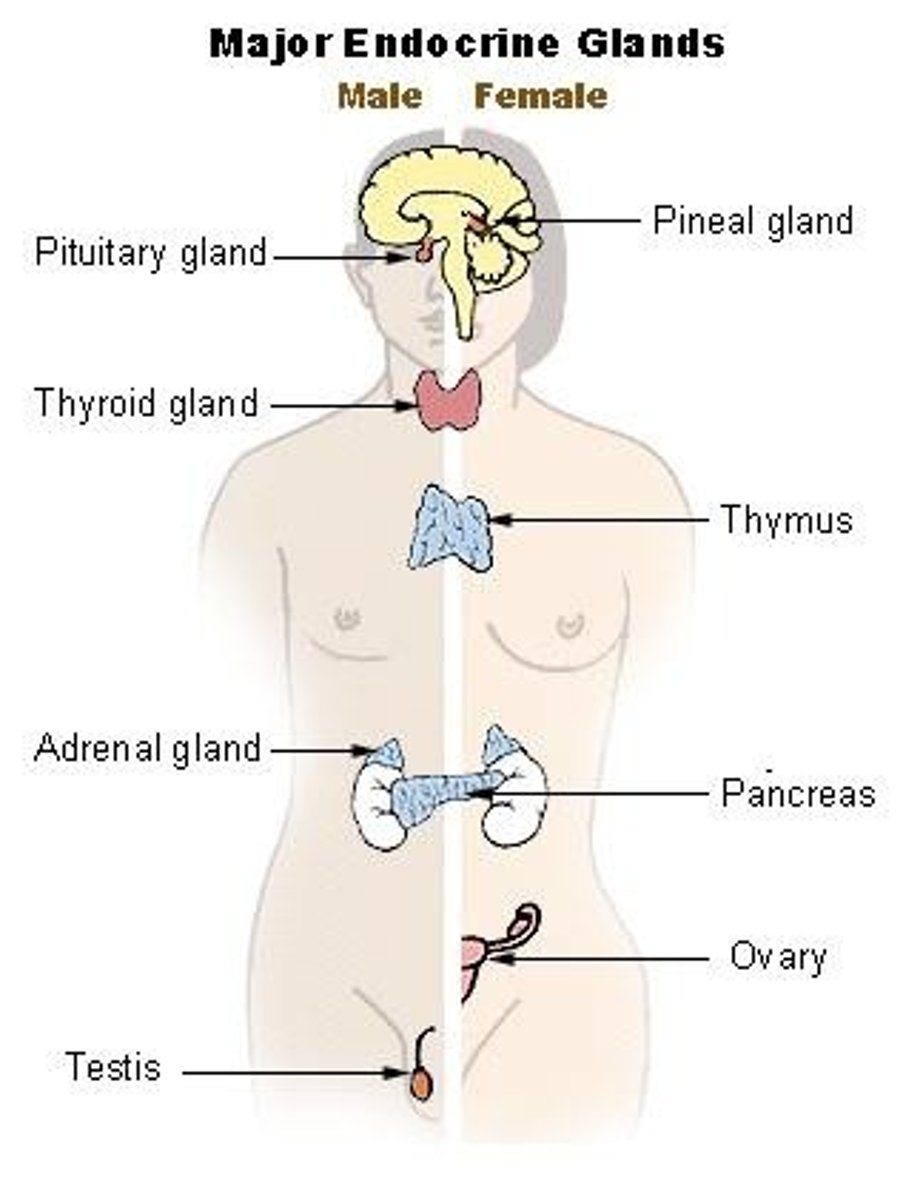
Functions of the endocrine system
Helps to coordinate activity of other organ systems, helps the body respond to stress, regulates fluid and pH, and regulates metabolism.
Reproductive system (males)
Includes the testes, prostate, penis, and other associated structures.
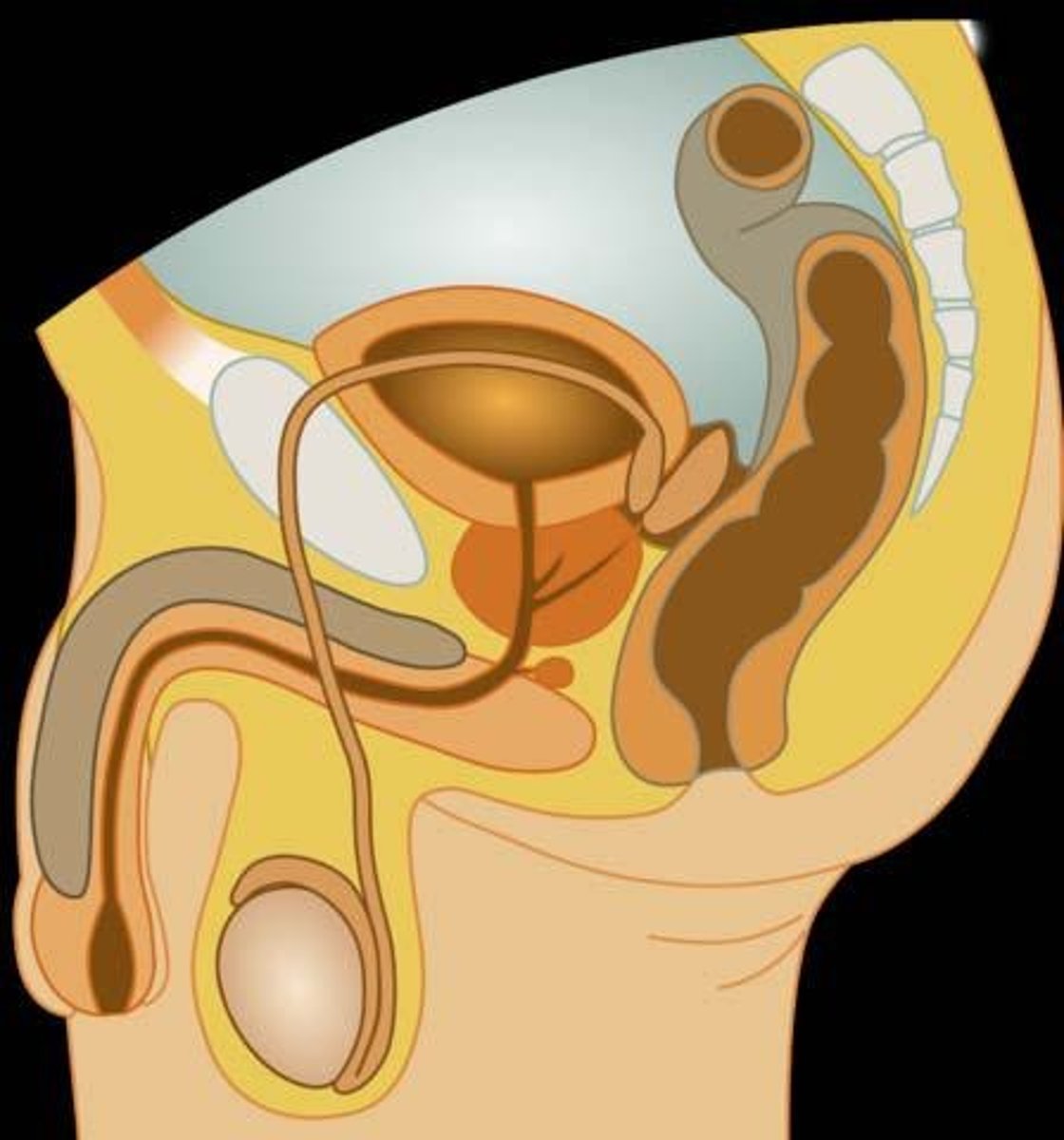
Reproductive system (females)
Includes the ovaries, uterus, vagina, and other associated structures.
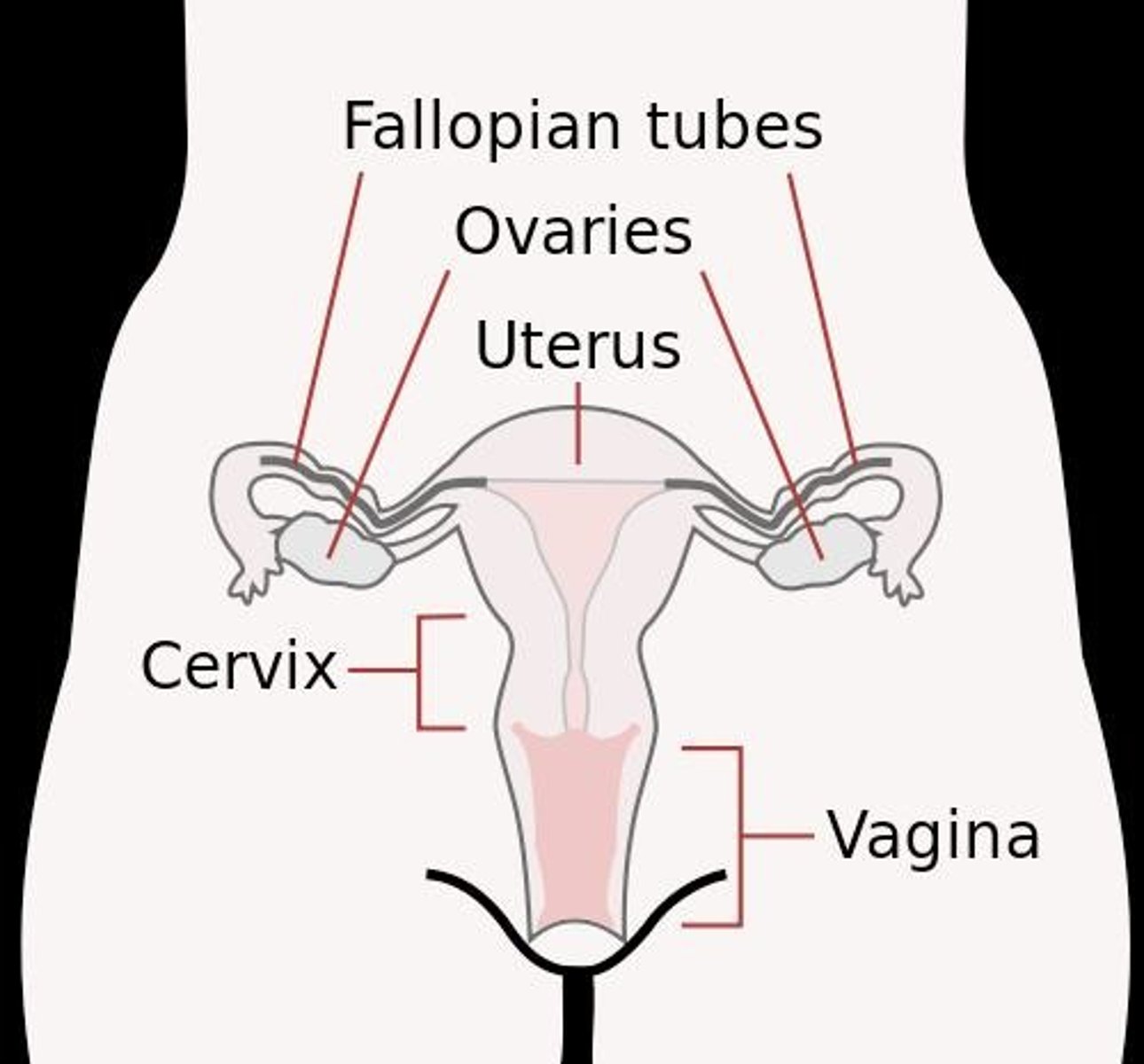
Functions of the reproductive system
Produces gametes - sperm or eggs, produces sex hormones, and in females, carries and gives birth to offspring.